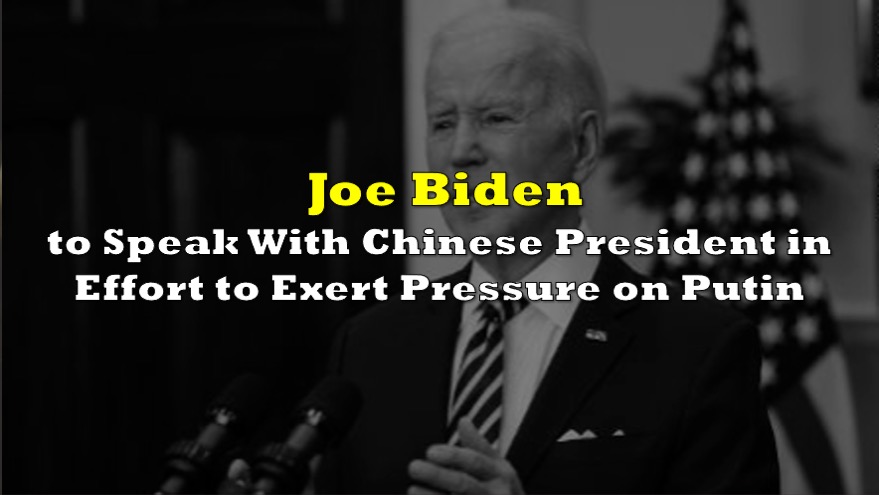Seven regions spanning from Pennsylvania to California will collectively receive $7 billion in funding to establish the United States’ inaugural regional hubs dedicated to developing hydrogen as a sustainable alternative to oil and gas. Joe Biden unveiled these ambitious projects during a visit to the Tioga Marine Terminal at the Port of Philadelphia.
In his announcement, Biden emphasized the potential of hydrogen to foster job creation and diminish carbon dioxide emissions, a major driver of climate change. “Those hubs are about people coming together across state lines, across industries, across political parties to build a stronger, more sustainable economy and to rebuild our communities,” Biden declared.
The U.S. Energy Secretary, Jennifer Granholm, hailed this development as the inception of a new manufacturing sector in the country.
Hydrogen, a colorless and highly combustible molecule, is traditionally produced from natural gas but can also be derived from water using electricity, promising emissions-free production. The administration asserts that most of these projects will expedite large-scale “clean hydrogen” production.
Today, I'm announcing a $7 billion federal investment, which has attracted over $40 billion in private investment in clean hydrogen.
— President Biden (@POTUS) October 13, 2023
It's one of the largest clean manufacturing investments in our history.
And it'll create tens of thousands of good-paying jobs.
Out of 79 initial applications, the Department of Energy meticulously selected seven hubs involving 17 states. These hubs encompass California, the Gulf Coast of Texas, the Ohio River Valley, a Midwest hub spanning Illinois, Indiana, and Michigan, and a region encompassing North and South Dakota, along with Minnesota. The funding for these endeavors originates from the 2021 Bipartisan Infrastructure Law.
The Mid-Atlantic Clean Hydrogen hub, known as MACH2, comprises Pennsylvania, Delaware, and New Jersey and will receive $750 million to repurpose the region’s existing fossil fuel infrastructure, such as pipelines, oil refineries, and port facilities. The Philadelphia Gas Works, the largest municipally-owned utility in the nation, is a part of this project, producing hydrogen to fuel trucks at the Port of Philadelphia. MACH2 also anticipates creating 20,000 jobs.
Another selected hub is the Appalachian Regional Clean Hydrogen Hub, ARCH2, which will span West Virginia, Pennsylvania, Ohio, and Kentucky. ARCH2 is led by West Virginia, in collaboration with Pittsburgh-based natural gas company EQT and several other companies and institutions. The project enjoys the support of West Virginia senators Joe Manchin and Shelley Moore Capito. If fully realized, ARCH2 could be eligible for up to $925 million in federal funding and generate up to 18,000 construction jobs and 3,000 permanent positions.
The Pacific Northwest, including Washington, Oregon, and Montana, is poised to receive up to $1 billion for the creation of a hydrogen hub. The hub’s primary objective is to produce hydrogen fuel by splitting water using abundant renewable power sources in the region, a process known as electrolysis. This approach produces the cleanest form of hydrogen, with only oxygen as a byproduct. Supporters argue that this initiative will generate over 10,000 jobs and remove emissions equivalent to 220,000 gas-powered cars from the roads annually.
California is set to secure over $1 billion to advance and implement renewable hydrogen projects. One of the key goals is to power critical sites like the state’s bustling ports with carbon-free energy, with an estimated reduction of two million metric tons of carbon emissions. Governor Gavin Newsom envisions these hydrogen initiatives as a source of hundreds of thousands of new jobs, emphasizing their impact on clean manufacturing and energy. However, some California environmental justice groups contend that they have been excluded from the process.
While some projects secured federal funding, others, like the Northeast Hydrogen Hub, were not as fortunate. This $3.62 billion proposal from a consortium of states, including New York, New Jersey, Massachusetts, Maine, Rhode Island, Connecticut, and Vermont, aimed to establish numerous hydrogen production projects in the region.
The Biden administration’s commitment to hydrogen aligns with the national objective to achieve net-zero carbon emissions by 2050, necessitating the transition from coal and oil to cleaner energy sources. When used as fuel, hydrogen emits only water, but its production is energy-intensive, with the level of cleanliness contingent on the energy source. Hydrogen derived from natural gas is known as “gray hydrogen,” while renewable sources like wind and solar produce “green hydrogen.” The White House has earmarked approximately two-thirds of the $7 billion investment for the development of green hydrogen, generated through solar and wind energy.
Biden and his top officials have been touring the nation to champion their initiatives in climate, infrastructure, and manufacturing, especially with the 2024 presidential election on the horizon. Despite these efforts, public polls indicate that the president has not received significant credit for these investments.
Critics, including climate activists, have raised concerns about the hydrogen hubs, as they primarily rely on natural gas for hydrogen production, thereby deepening dependence on fossil fuels. They argue that this approach worsens the climate crisis. Additionally, some critics allege a lack of transparency in the selection process for these hubs.
The White House asserts that the regional hydrogen hubs will collectively reduce 25 million metric tons of carbon dioxide, equivalent to removing more than 5.5 million gas-powered cars from the roads annually. Moreover, the combined public and private investments are projected to reach a total of $50 billion.
Information for this briefing was found via the NPR and the sources mentioned. The author has no securities or affiliations related to this organization. Not a recommendation to buy or sell. Always do additional research and consult a professional before purchasing a security. The author holds no licenses.









